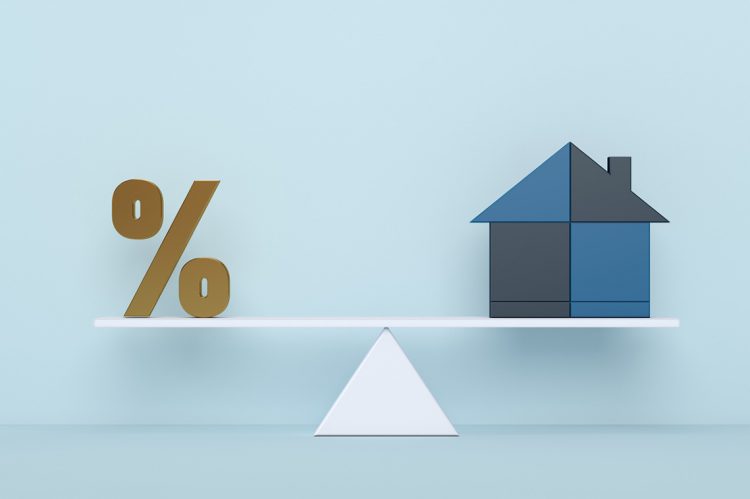The rebalancing housing market has come with changes that real estate professionals and consumers must adjust to. A significant change has been the number of days a listing remains on the market.
While homes are still selling expeditiously compared to the pre-pandemic market, new data from Zillow indicates that they aren’t selling as quickly as they did during the peak of last year’s hot seller’s market.
According to Zillow, differences in days to pending—the median number of days homes that sell have been listed before an offer is accepted—and the median number of days homes listed for sale have been on the market—also known as the age of inventory—can help reveal which markets are showing longer listing times than others.
Homes that hit pending status in September did so after 19 days, which Zillow experts point out as a significant shift from the height of the pandemic-induced market when homes hit pending status in a week.
Despite the slowdown, the path to pending in today’s market is still ten days faster than in September 2019, based on the data.
Overall, homes listed for sale have been on the market a median of 54 days as of mid-October—up 45% from last year.
According to Zillow, the median age of inventory on its portal had grown at the fastest rate since at least 2018, when the tech company began analyzing the metric. That has been par for the course as the housing market has cooled recently, and buyers have started making their way to the sidelines.
Zillow estimates 32% fewer active buyers than a year ago, though still more than in September 2019.
The report acknowledges that affordability hurdles—recently exacerbated by rising mortgage rates—have pressured buyers to pull back, slowing the pace of sales.
On the other side of the transaction, Zillow also points out reluctance among sellers who likely have mortgage rates of around 3% to list their homes amid today’s rate environment. The lack of new inventory hitting the market means the share of stock taken up by listings a week old or less is down 42% from a year ago, according to Zillow.
Key highlights
- Homes are lingering on the market longer than last year but are still moving faster than pre-pandemic norms.
- Gaps between the median age of inventory and the typical time on the market for homes that sell can reveal markets where certain home types, neighborhoods, or price points are in demand while others linger on the market.
- Homes that went pending in September typically did so after 19 days.
- The median age of inventory is 30% below pre-pandemic norms.
- The share of inventory taken up by listings a week old or less is down 42% from a year ago.
- For-sale homes were on the market a median of 54 days in mid-October—up 45% from last year.
- Inventory is estimated to be on the market for a median of 68 days by the end of this year.
- Markets in which days to pending and the median age of inventory are growing, indicating demand is slowing across the board.
Major takeaway
“Last year, sellers could seemingly list their home at any price and see multiple offers roll in above list price within days,” said Zillow senior economist Nicole Bachaud. “Now, buyers have some negotiating power, and sellers are under pressure. Buyers are still out there and willing to buy when they find the right home at the right price, which will provide a floor for the price declines we are currently seeing. But sellers need to do things right to attract the attention of these buyers — pricing their home competitively and making their listing attractive to online home shoppers. Especially in a market that’s quickly changing like today’s, working with an experienced agent who knows the local market is valuable.”












